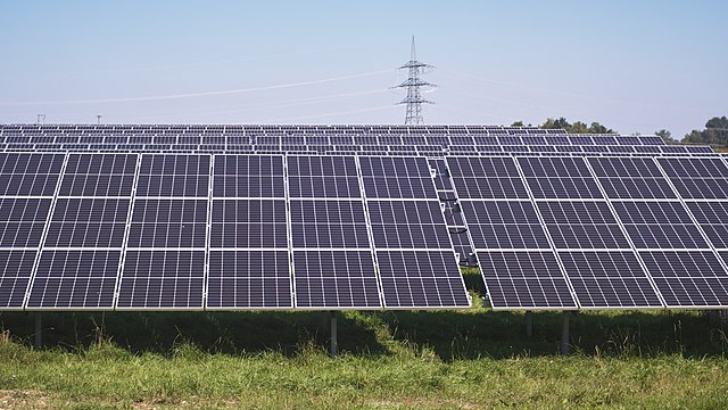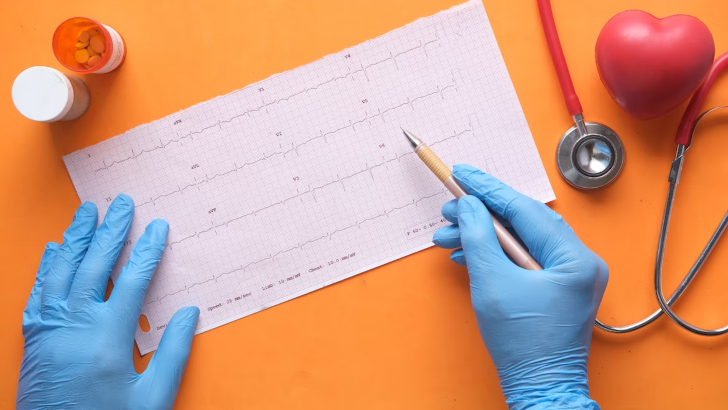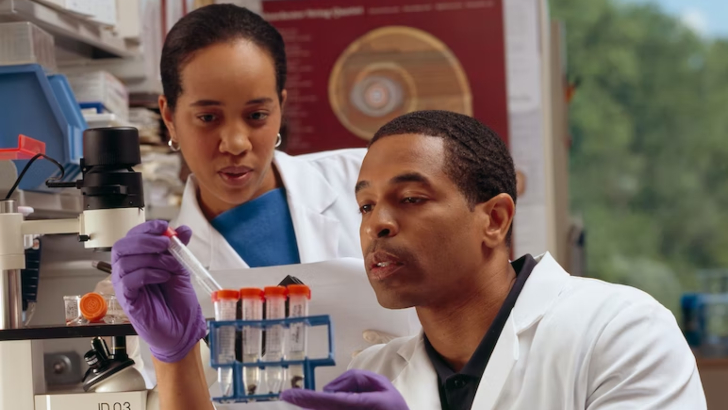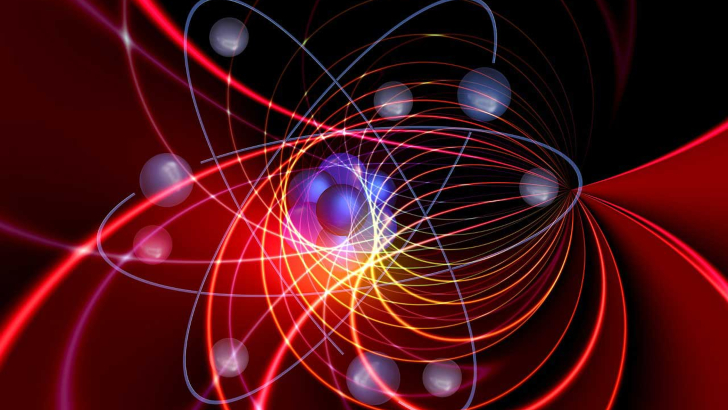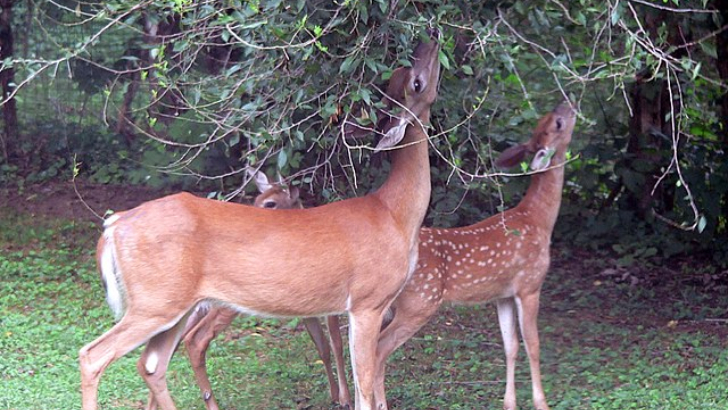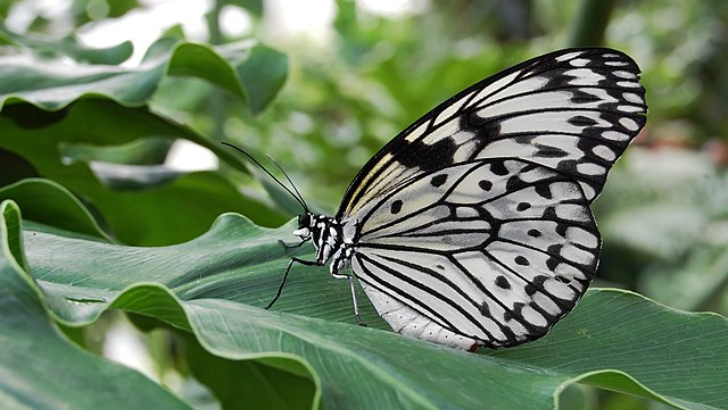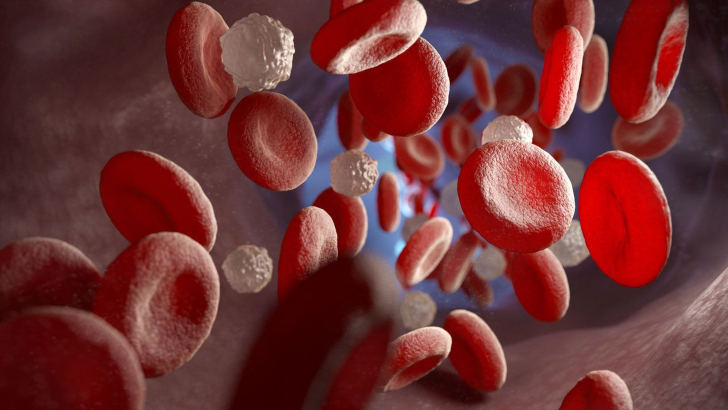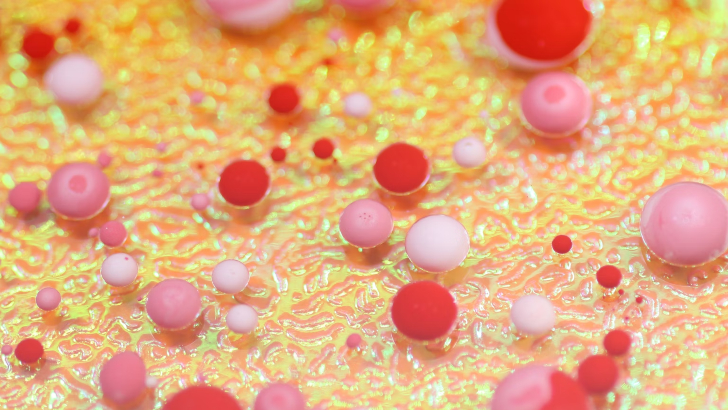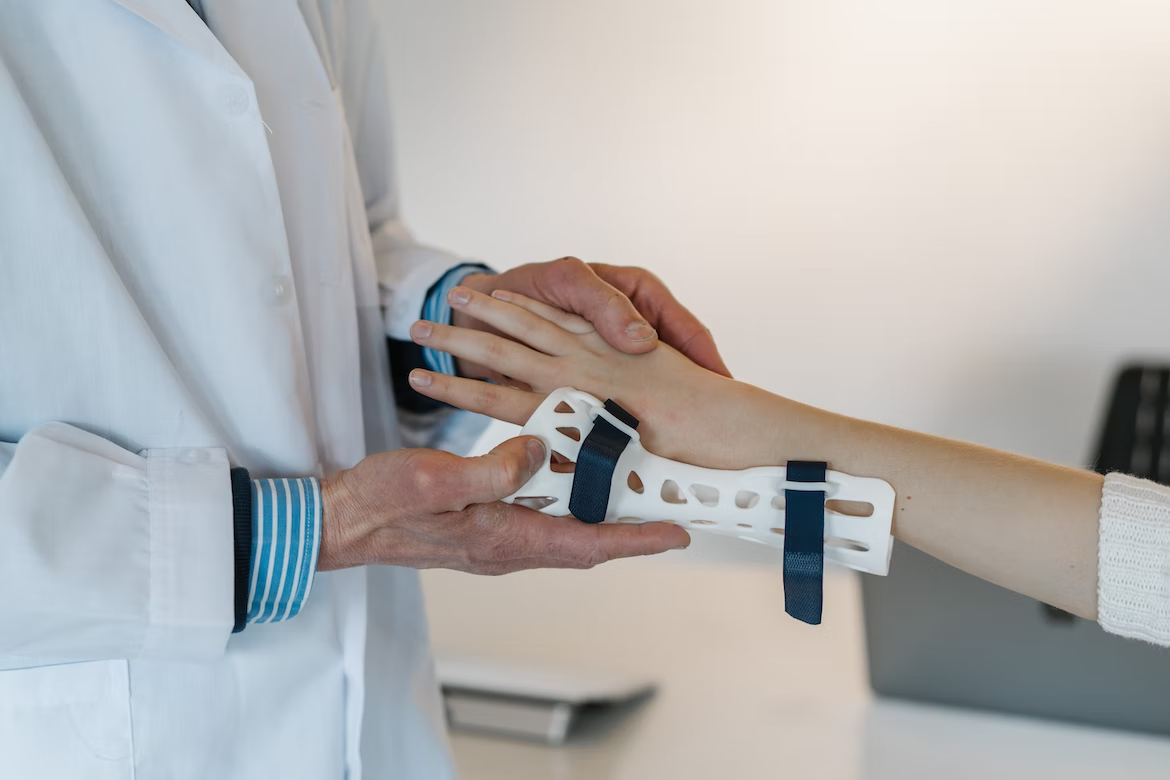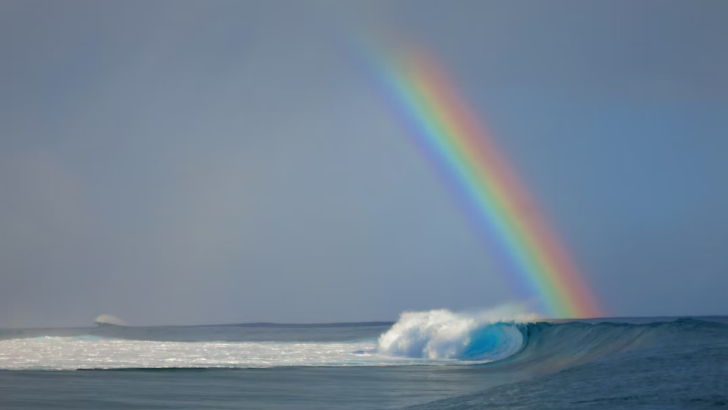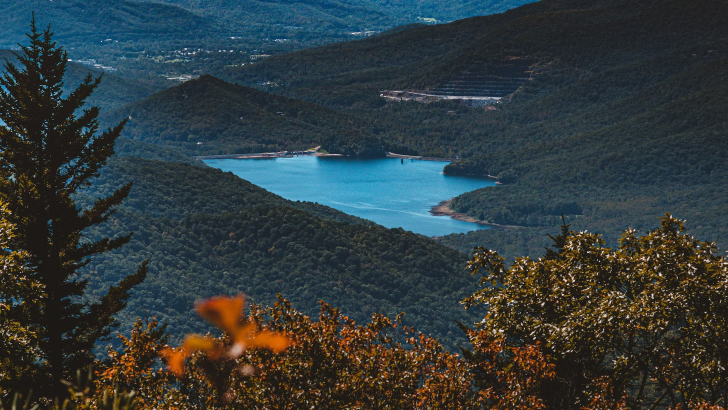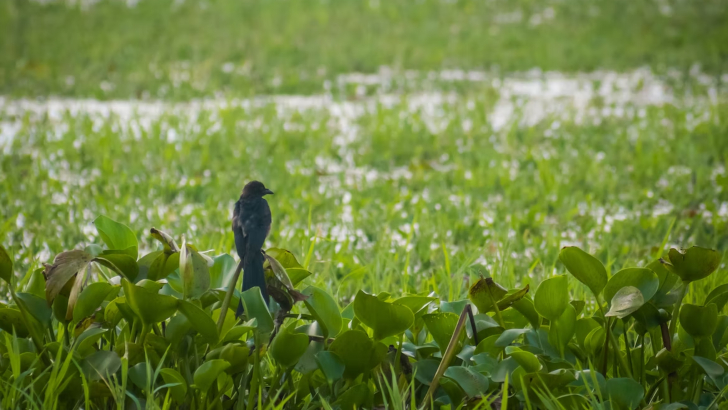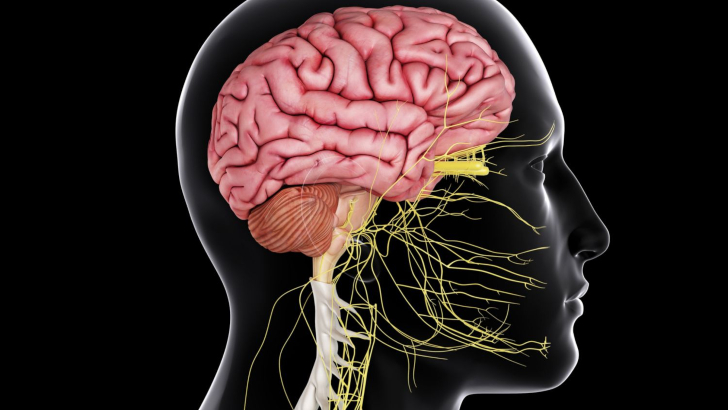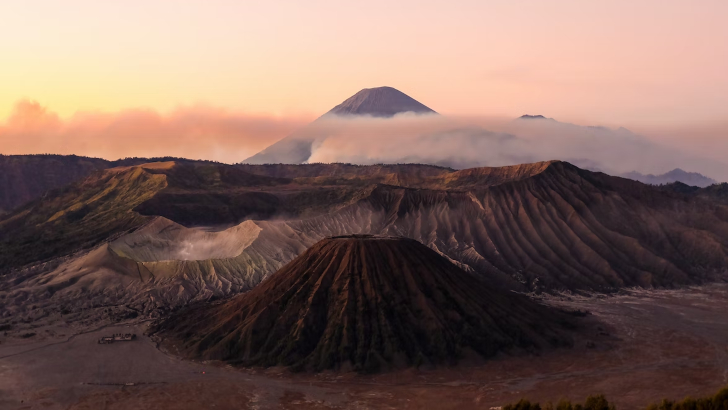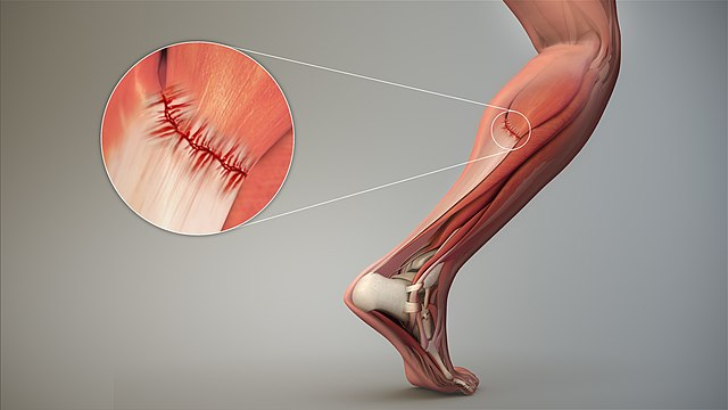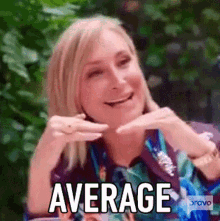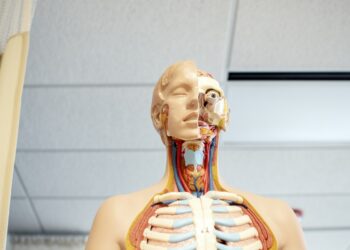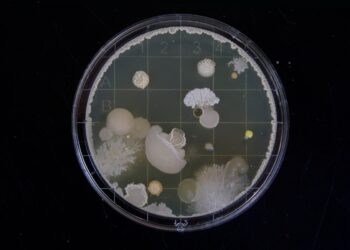We all had to take a science class or two in high school, but perhaps we weren’t paying that much attention because we were too preoccupied with our weekend plans. We undoubtedly remembered a lot of information. See how much of this test you can remember by taking it!
What exactly is solar energy?
Energy from the sun
Solar energy is the sun’s radiation that can create heat, trigger chemical reactions, or generate electricity.
What causes changes in heart rate?
All of the above
An arrhythmia is when the heart beats too quickly, too slowly, or with a skipping rhythm. Extra heartbeats are common in children, and many heart rate or rhythm changes are minor and do not require medical attention if there are no other symptoms or a family history of heart disease.
The chloroplasts of ______ are where photosynthesis takes place.
Plants
Through photosynthesis, green plants and other living things transform light energy into chemical energy. Light energy is gathered and used during photosynthesis in green plants to change the water, carbon dioxide, and minerals into oxygen- and energy-rich organic compounds.
What branch of science is connected to Charles Darwin?
Theory of evolution
According to Charles Darwin, organic evolution is based on the principle of “survival of the fittest” (the change of living things with time). Modern evolutionary studies are built on his scientific theory of evolution by natural selection.
It is referred to as a(n) _____ when multiple tissues cooperate.
Organ
An organ is a component of a human, plant, or animal composed of cells and tissues designed to perform a specific function.
What exactly is the study of heredity?
Genetics
Genetics studies genes at all levels, including how they function in cells and how they are passed from one generation to the next. It also includes the general study of heredity.
Anything that occupies space and has ____ is considered matter.
Mass
A fundamental characteristic of all matter, inertia is quantified as a mass in physics. The resistance a body of matter offers to a change in its speed or position due to applying a force is what it is in essence. The change a force applies produces a change that is smaller the more mass a body has.
What do you call a creature that only consumes plants?
Herbivore
An animal that has evolved only to consume plant tissues is called a herbivore.
What are creatures without backbones called?
Invertebrates
Any animal without a vertebral column, or backbone, is referred to as an invertebrate. Invertebrates make up more than 90% of all species of living animals.
What three cellular components make up blood?
Red cells, white cells and plasma
Red cells, iron and white cells
Red cells, white cells, platelets
White cells, red cells and sugar
Red cells, white cells, platelets
Red blood cells contain hemoglobin, the protein that gives blood its red color. White blood cells, which protect the body from infection, and platelets, which aid in the clotting process, are the three cellular components of blood. The liquid component of blood, plasma, holds them in suspension.
Examples of_____ _ include the oceans and forests.
Ecosystems
A natural community’s living (biotic) and nonliving (abiotic) components are combined to form an ecosystem.
What is the process by which factories, homes, and cars release carbon into the atmosphere?
Combustion
A chemical reaction between two or more substances, usually involving oxygen, results in combustion, producing heat and light in the form of a flame.
What function do white blood cells serve?
To give blood its red color
To carry nutrients to the heart
To defend and protect the body against invaders
To defend and protect the body against invaders
There are roughly 600–700 red blood cells for every white blood cell. White blood cells are ready to combat infections at a moment’s notice. When they encounter an infection, they release chemicals that draw other white blood cells to encircle and eradicate it.
What is the wrist’s anatomical name?
Carpal
The carpal bones (wrist bones), metacarpal bones (proper hand bones), and phalanges are among the hand’s bones (finger bones).
What are the seven visible light colors?
Red, orange, yellow, green, blue, purple, pink
Red, orange, yellow, green, blue, indigo, violet
Red, orange, yellow, green, blue, white, black
Red, orange, yellow, green, light blue, dark blue, violet
Red, orange, yellow, green, blue, indigo, violet
ROY G. BIV is the abbreviation for all colors in the visible light spectrum. R (red) O (orange) Y (yellow) G (green) B (blue) I (indigo) V (violet). Not only are those the colors that humans can see, but they are also in the correct order. The longest wavelength is red, and the shortest is violet.
What are the purposes of national parks and wilderness areas?
To preserve natural areas
All of the above
The National Park Service’s mission is to protect national parks and wilderness areas, revitalize communities, preserve local history, and provide opportunities for children and families to be active and have fun outside.
A(n) ______ is a species that enters a previously uninhabited environment.
Invasive species
Invasive species, also known as introduced species, alien species, or exotic species, are nonnative species that significantly alter or disrupt the ecosystems in which they live.
The definition of “central nervous system”_______.
Is the largest part of the spinal cord
Consists of the brain and spinal cord
Is the largest region of the human brain
Consists of the brain and spinal cord
The brain and spinal cord, originating from the embryonic neural tube, comprise the central nervous system.
What exactly is a volcano island?
Volcano whose summit rises above sea level
What occurs when one tectonic plate moves under another
Volcano whose summit rises above sea level
A single mountain created by volcanic activity is an island. Over thousands, perhaps even millions, of years, the sea bed accumulates lava from the ocean floor. As the lava enters the ocean, it cools and solidifies into rock. The volcano on the ocean floor rises a little bit with each eruption. One day, the undersea mountain’s summit was so elevated due to eruptions that it protruded above the water’s surface.
What binds bones and muscles together?
Tendons
The connective tissues, known as tendons, transfer the mechanical force generated by muscle contraction to the bones. The tendon strongly connects to bone fibers at one end and muscle fibers at the other. Their enormous strength is essential for withstanding the strain caused by muscle contraction.
Unfortunately, you didn’t pass the quiz! 🥺
You failed, but you definitely learned a lot from this quiz.
You got an average score! 👍
But you can do better next time.
You ace this quiz. AWESOME! 👏
You just proved that you’re a real genius!
[giveaway id=12098]
